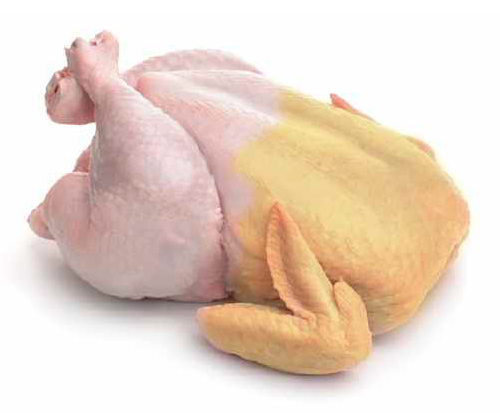
Available in other languages:
Content available at:
Español (Spanish)

Intestinal health, the great ally of chicken skin pigmentation
Chicken skin pigmentation is a critical factor in evaluating consumer acceptance of the product. Color preferences vary depending on the country, and even within the same country, between different regions, as is the case of Spain or Mexico.
Traditionally, when meat production was limited to backyard chicken, the animal had access to many insects and wild plants that gave it a very characteristic yellow-orange pigmentation.
However, modern poultry production has improved production yields and management changes, housing animals in industrial houses without access to these ingredients. Consequently, the animals consume fewer carotenoids from the raw materials, which justifies additional supplementation to achieve the desired color. But getting this desired color comes at a cost; It is estimated that the economic impact of adding these pigments can reach up to 10%, hence the importance of ensuring good use of these.
Pigment additives can be divided into natural (carotenoids) and synthetic pigments.
Natural pigments can be found in nature as part of corn, alfalfa, Marigold flower, or red pepper. In contrast, synthetic pigments are chemically synthesized, achieving better stability against oxidation and greater efficiency as a pigment both in the egg yolk and in the skin, fatty deposits, and legs.
Pigments, being fat-soluble, follow the
Subscribe now to the poultry technical magazine
AUTHORS
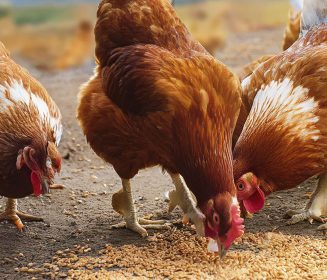
Layer Longevity Starts at Rearing
H&N Technical Team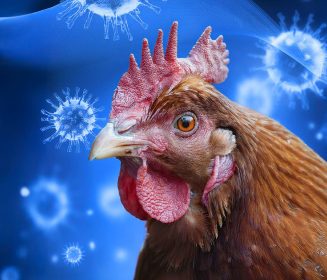
The Strategy for a Proper Infectious Bronchitis Control
Ceva Technical Team
Elevate Hatchery Performance with Petersime’s New Data-Driven Incubation Support Service
Petersime Technical Team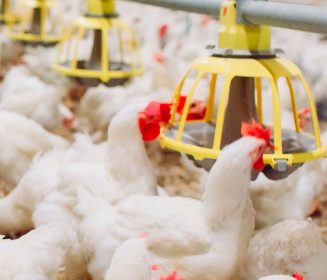
Maize and Soybean Meal Demand and Supply Situation in Indian Poultry Industry
Ricky Thaper
Production of Formed Injected Smoked Chicken Ham
Leonardo Ortiz Escoto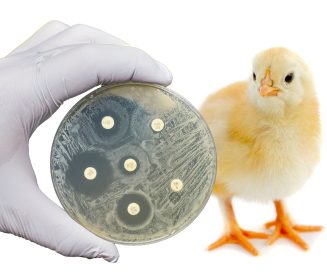
Antimicrobial Resistance in the Poultry Food Chain and Novel Strategies of Bacterial Control
Edgar O. Oviedo-Rondón
GREG TYLER INTERVIEW
Greg Tyler
Insights from the Inaugural US-RSPE Framework Report
Elena Myhre
Newcastle Disease: Knowing the Virus Better to Make the Best Control Decisions. Part II
Eliana Icochea D’Arrigo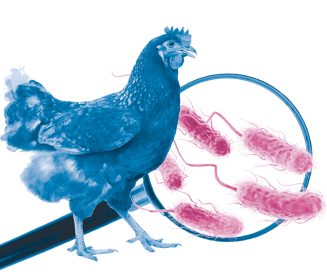
Avian Pathogenic E. coli (APEC): Serotypes and Virulence
Cecilia Rosario Cortés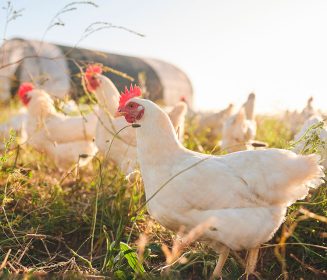
The Importance of Staff Training on Animal Welfare Issues in Poultry Industry
M. Verónica Jiménez Grez
Rodent Control is a Key Factor in Poultry Biosecurity and Sustainability
Edgar O. Oviedo-Rondón